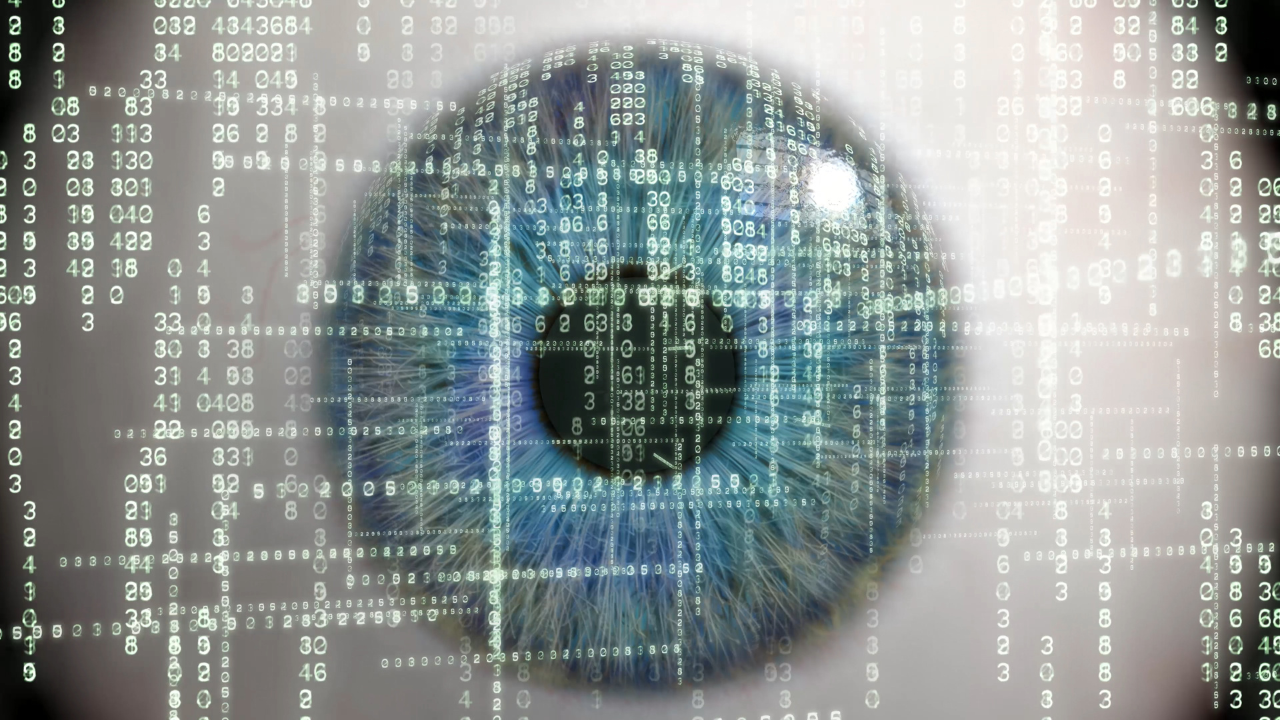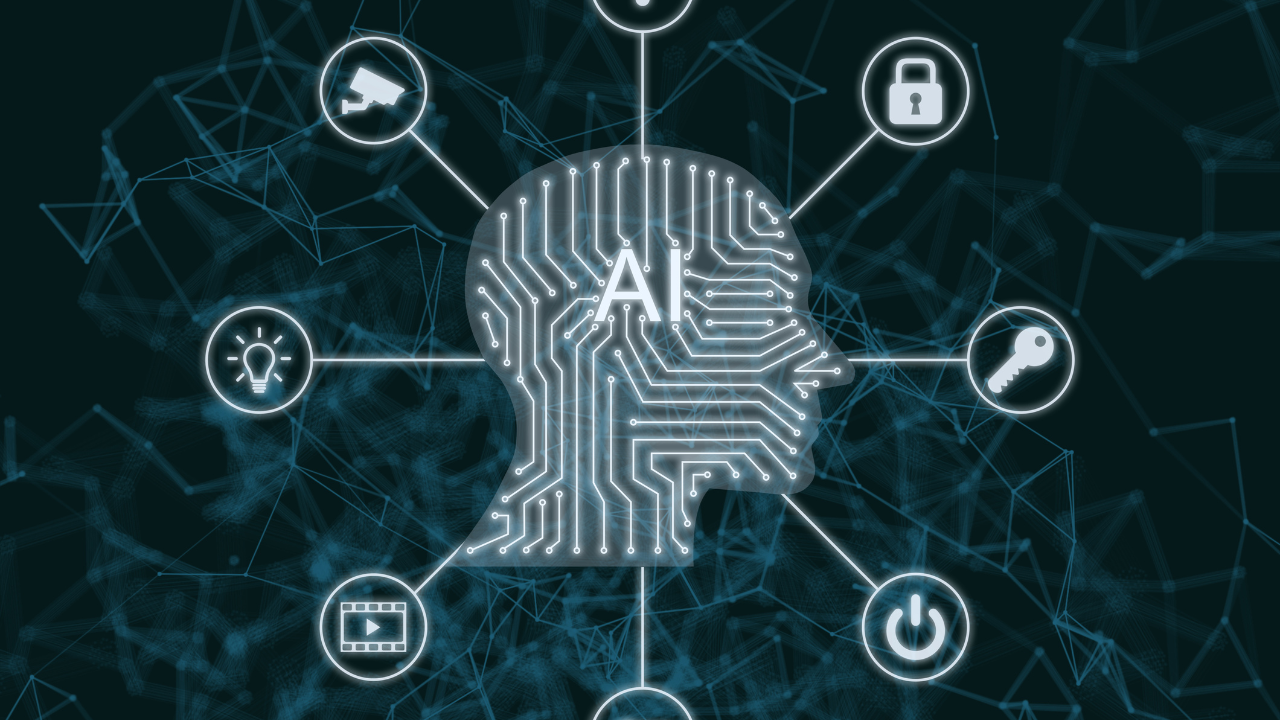











Threat hunting is the proactive search for signs of malicious activity within an organization's networks and systems. Unlike reactive security (such as alerts from an IDS/IPS), threat hunting involves actively looking for hidden threats that have bypassed traditional defenses.
Relies heavily on human intuition, skill, and knowledge.
Involves log analysis, manual searches, and anomalous behavior detection.
Often slow and labor-intensive due to the massive volume of data.
AI and machine learning are used to enhance and automate different parts of the threat-hunting process:
AI systems can aggregate and normalize massive amounts of data from disparate sources:
Network logs
Endpoint data
Firewall and IDS/IPS logs
Cloud data
Threat intelligence feeds
AI can also correlate data in ways humans can’t, helping to detect connections between seemingly unrelated events.
AI models are trained to recognize baseline behavior and detect anomalies that might indicate a potential attack.
| Example: |
|---|
| A user logs in from a new geographical location or accesses sensitive data they normally don’t interact with. AI models can flag this behavior for further investigation. |
Supervised learning: AI systems can be trained on known attack patterns (like malware signatures, suspicious IP addresses, or unusual data exfiltration behaviors).
Unsupervised learning: AI can also identify new, previously unseen attack patterns by clustering abnormal behaviors and creating models for future reference.
ML algorithms analyze vast datasets to identify:
Unusual activity (e.g., login anomalies, high data transfer rates)
Malware patterns and their variations
Network traffic that deviates from the norm
AI creates a behavioral profile of users and devices, allowing the system to spot deviations that might indicate insider threats, credential stuffing, or lateral movement.
AI can automatically prioritize threats by severity, impact, and likelihood using historical data. This helps focus human analysts on the highest-risk threats.
AI tools can scan and analyze textual data from incident reports, emails, and security logs to extract critical information, recognize patterns, and categorize threats.
AI can process massive volumes of data in near real-time, significantly reducing the time to detect threats.
AI automates repetitive tasks (like log correlation or malware signature matching), freeing up human analysts to focus on complex tasks.
AI can detect previously unknown threats, like novel malware variants, by learning from past incidents and identifying new patterns in data.
AI algorithms can adapt and improve over time by learning from false positives/negatives.
AI helps fine-tune threat detection by learning from human analysts' decisions, thus reducing the number of irrelevant alerts.
More relevant alerts and more actionable insights.
AI augments hunting by providing greater context for anomalies — for example, understanding the impact of an event based on the business function it affects.
Implementing AI requires expertise in data science and cybersecurity, which can make it difficult for some organizations.
It also requires ongoing tuning and maintenance of AI models to remain accurate and relevant.
AI systems rely heavily on data, so poor-quality or incomplete data can lead to inaccurate conclusions or false positives.
While AI can automate many tasks, human oversight is still crucial. Analysts must interpret AI findings and make the final decisions.
AI models themselves can be vulnerable to attacks, such as model poisoning or adversarial examples, where attackers manipulate input data to mislead AI systems.
Darktrace
Uses AI to detect threats in real-time by analyzing network traffic and patterns.
Offers self-learning models that adapt to new threats.
Cortex XSOAR (by Palo Alto Networks)
Integrates AI and automation into its Security Orchestration, Automation, and Response (SOAR) platform.
Uses machine learning to triage incidents and automate responses.
Endgame (Acquired by Elastic)
Provides an AI-driven endpoint detection and response (EDR) platform.
Uses AI to detect advanced threats, including fileless malware and lateral movement.
Vectra AI
Focuses on network detection and response (NDR) and uses machine learning to detect and respond to cyberattacks.
Uses behavioral AI models to detect attackers in real-time.
CrowdStrike Falcon
Combines machine learning, behavioral analytics, and AI to detect and prevent attacks across endpoints.
Explainable AI (XAI): Efforts to make AI's decisions more transparent to human analysts.
Auto-remediation: Combining threat hunting with automatic blocking or quarantine of suspicious activity.
AI will evolve from reactive to proactive threat hunting, automatically learning from new threats and adjusting defenses accordingly.
AI could take on more responsibility in automating incident response actions (e.g., isolating compromised systems, deploying patches).
| AI and human collaboration is the key to effective threat hunting. |
|---|
| AI can automate tedious tasks, detect novel threats, and reduce false positives, but human analysts remain essential to making informed, context-aware decisions. Together, they form a formidable defense against evolving cyber threats. |
Would you like:
📊 A presentation slide deck summarizing AI-enhanced threat hunting?
📝 A more detailed technical breakdown for implementation teams?
🧑💻 A hands-on guide to integrating AI into your threat-hunting workflows?
Let me know how you’d like to proceed!
#trending #latest

Ballot results are final, and applicants can enter future ballots if they meet eligibility requirements.... Read More.

Oxford has reached its highest rank since 2015, while Tsinghua University and the University of Tokyo enter the top 10 for the first time.... Read More.
 Fake posts hit Czech PM Fiala's X
Fake posts hit Czech PM Fiala's X
Fake posts disrupt Czech PM Fiala's X account security
 Switzerland Tightens Export Rules
Switzerland Tightens Export Rules
Switzerland expands export controls on dual-use goods
 Google unveils Ironwood AI chip
Google unveils Ironwood AI chip
Google introduces Ironwood chip to accelerate AI tasks & apps
 TSMC Q1 revenue up 42%
TSMC Q1 revenue up 42%
TSMC sees 42% revenue surge in Q1, surpassing forecasts
 Google unveils Ironwood AI chip
Google unveils Ironwood AI chip
Google's Ironwood chip boosts AI processing and app speed
 Amazon CEO Outlines AI Vision
Amazon CEO Outlines AI Vision
Amazon CEO reveals AI investment plans in new letter
 Osaka Hosts World Expo 2025
Osaka Hosts World Expo 2025
Japan blends tech and culture at Osaka Expo 2025 launch
© MyEduGoal. All Rights Reserved. Design by markaziasolutions.com